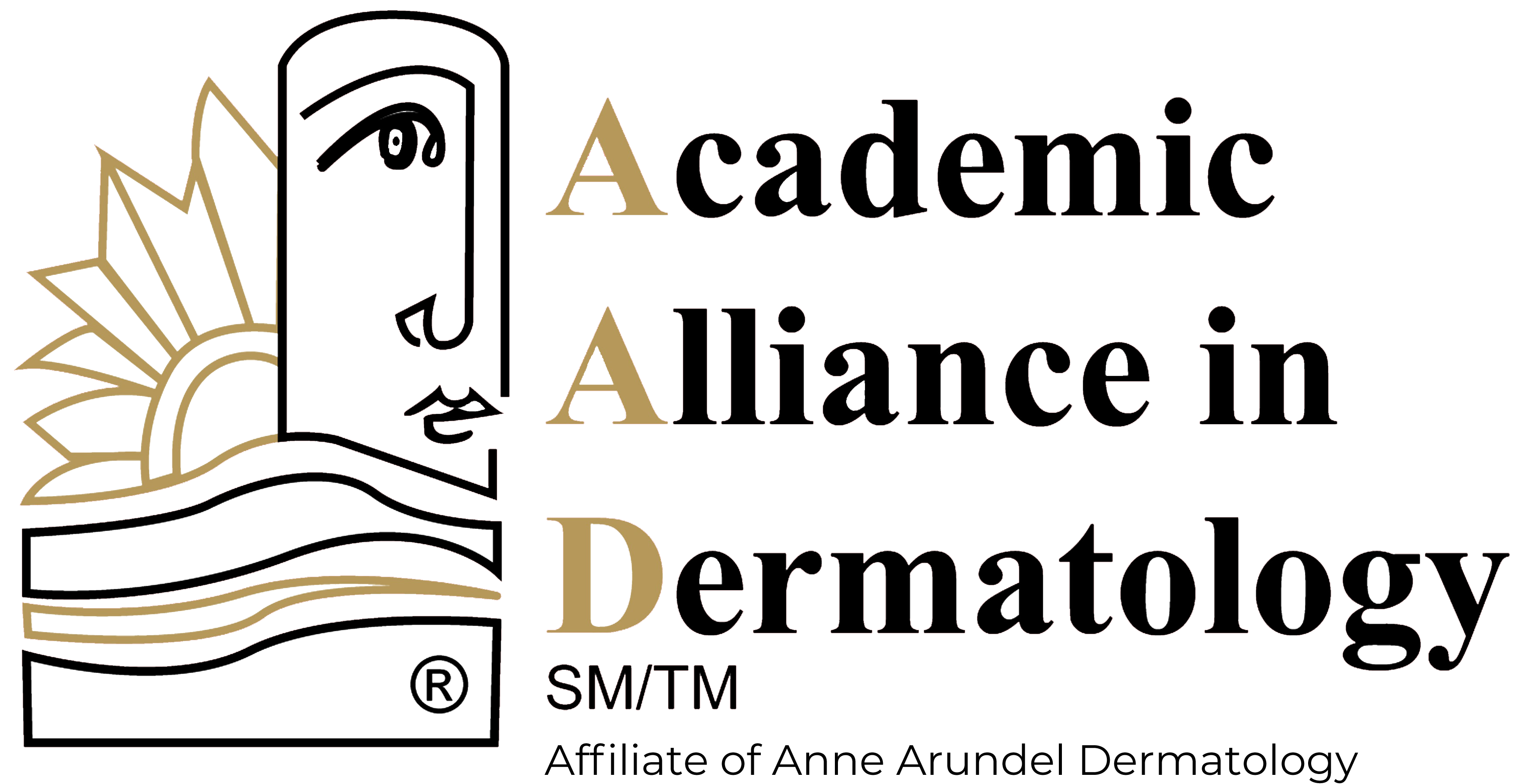Mohs Micrographic Surgery
Mohs micrographic surgery is a specialized form of skin cancer treatment that removes the visible tumor while sparing the healthy tissue. It is considered the gold standard for treating certain types of skin cancer and delivers the highest cure rate compared to other surgical treatment options. This procedure aims to minimize the loss of healthy tissue while maximizing the cosmetic and functional outcome of the surgery.
At Academic Alliance in Dermatology, our Mohs micrographic surgeons are highly trained and experienced in the latest Mohs techniques. We are dedicated to providing premier cosmetic and general dermatology care to our patients in a warm and comfortable environment. Through education, expert skin care, and customized treatment plans, we are able to provide each patient with the individualized attention they deserve.
How to Prepare for Mohs Surgery
Before your Mohs surgery, you will meet with your surgeon to discuss the procedure in detail. Your surgeon will explain what to expect before, during, and after the surgery. It is essential to ask any questions you may have so you are fully informed and comfortable with the procedure.
The following are some tips to help you prepare for your Mohs surgery:
- If your skin cancer involves the facial area, you may want to arrange for someone to drive you home after the surgery in case your vision is impaired due to bandaging
- Unless your surgeon instructs otherwise, shower and wash the surgery site before your procedure
- Do not wear makeup, lotion, or perfume on the day of the surgery
- Wear comfortable, loose clothing that can easily be removed
- Get a good night’s sleep before your procedure
- Eat a healthy meal before surgery unless your surgeon instructs you otherwise
- If you smoke, try to cut down or quit at least two weeks before surgery, as smoking may delay healing
In addition to these tips, you may need to stop taking certain medications, such as blood thinners or aspirin. Be sure to tell your surgeon about any medications you are taking, including over-the-counter medicines. It is important to follow any pre-operative instructions your surgeon gives you. This will help ensure a successful surgery and optimal outcome.
Mohs Micrographic Surgery Process
Mohs surgery is usually performed on an outpatient basis, which means you will be able to go home the same day. However, expect to spend roughly four hours at the surgery center.
Step 1
Before the procedure, your Mohs surgeon will examine the skin cancer and determine what cancerous tissue needs to be removed. Then, local anesthesia will be administered, and the surgery will begin.
Step 2
The surgeon removes the visible cancerous tissue in very thin layers and color-codes each section. A map of the surgical site is then drawn to track exactly where each small portion of tissue originated.
Step 3
Each layer is carefully examined under a microscope for the presence of cancer cells.
Step 4
If cancer cells are found, the surgeon will mark their location and remove another layer of tissue from precisely where the cancer cells originated. By targeting only the cancerous tissue, Mohs surgery spares as much healthy tissue as possible.
Step 5
The removal process is over when there is no longer any microscopic evidence of cancer in the surgical site. Once the skin cancer is removed, your surgeon will begin reconstructing the wound. If the hole is small, the surgeon may simply bandage the wound and allow the skin to heal. In other cases, the surgeon may stitch the wound.
Mohs Results
If your surgeon leaves the wound open to heal naturally, you may see a hole when you remove your bandage. We understand this can be frightening if you are not expecting it. However, in almost all cases, the skin heals nicely with a barely noticeable scar.
The cure rate for Mohs surgery is over 99%. In previously treated cancers in which the tumor is recurrent, Mohs surgery is 95% effective.
Who is a Candidate for Mohs Micrographic Surgery?
If you have been diagnosed with skin cancer, the providers at Academic Alliance in Dermatology will work with you to develop a treatment plan that is best for you. In most cases, Mohs surgery is recommended for the following types of skin cancer:
- Basal cell carcinoma
- Squamous cell carcinoma
- Recurrent skin cancer
- Skin cancer that has grown large or spread to nearby tissues
- Skin cancer in cosmetically or functionally sensitive areas
While Mohs surgery is an effective treatment for skin cancer, it may not suit everyone. With a thorough evaluation, we can determine if Mohs surgery is the best treatment option for you. The sooner you receive treatment, the better your chances are for a successful outcome.
Request a Mohs Micrographic Surgery Consultation
Catching skin cancer early is key to a successful outcome. If you have any concerns about a suspicious mole or growth, don’t wait to make an appointment. At Academic Alliance in Dermatology, we have the experience and expertise to provide outstanding care and optimal results. Schedule a consultation today, and let us help you achieve healthy skin for life.
